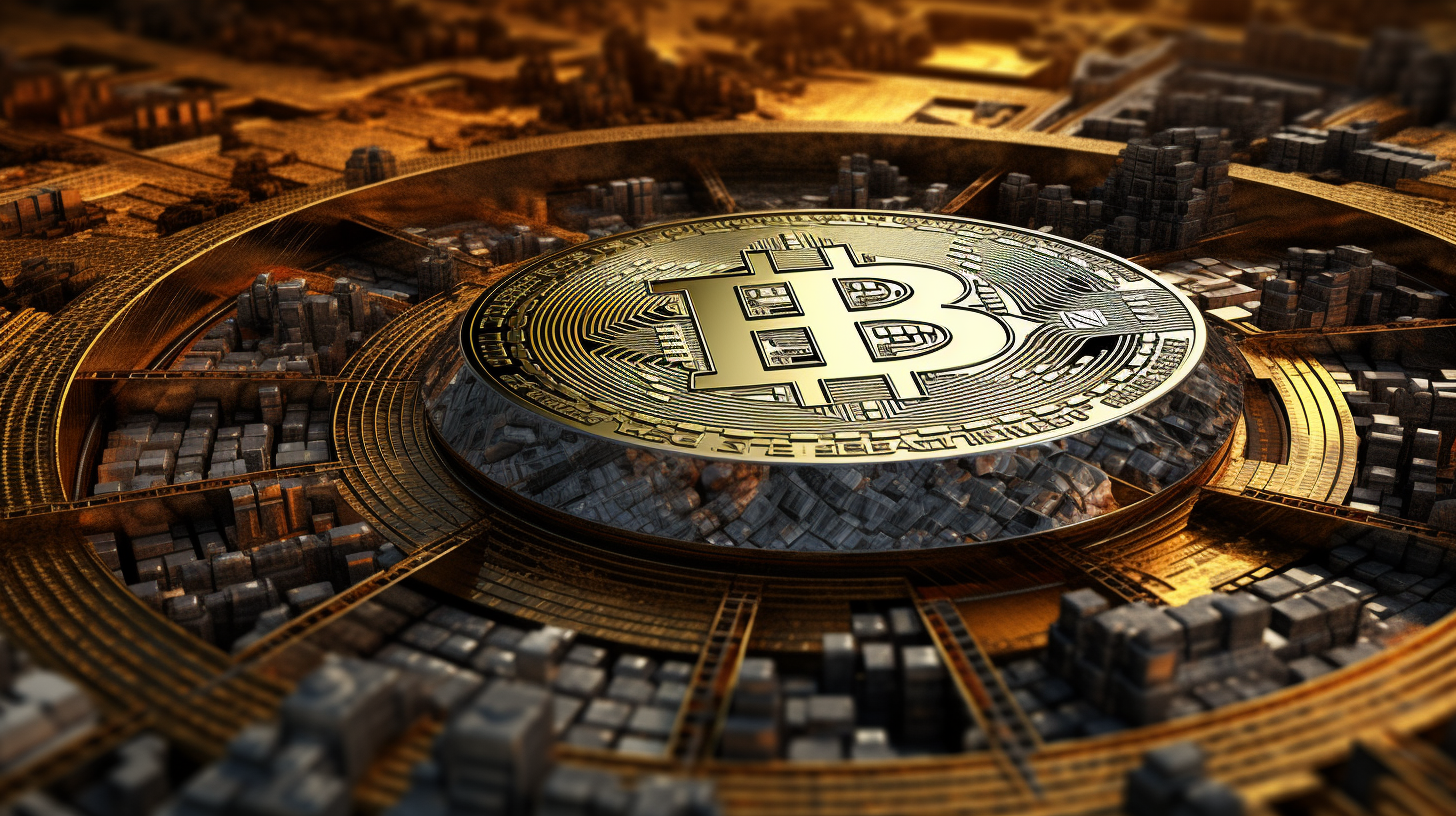Imagine a world where the mysteries of the past are not buried under the earth but encoded on a blockchain. Where every artifact has a digital twin, providing an indelible provenance and rich historical context. Welcome to the era of Blockchain Archeology, a cutting-edge fusion of technology and historical inquiry that could revolutionize our understanding of the past.
In this crypto-centric society, the role of blockchain extends beyond economics into the most unexpected of realms; archeology is no exception. Blockchain, the ledger that once transformed transactions, now elucidates trajectories, unfolding the lives of ancient civilizations piece by digital piece.
‘Archaeologists are like detectives, piecing together clues from the past to tell the human story,’ says Dr. Ana Martinez, a leading figure in crypto-archeological research. ‘Blockchain injects a new level of transparency and accessibility to our findings.’ Imagine the thrill of following an artifact’s journey from the moment it’s unearthed to the innovative techniques used in its preservation, all stored securely on the blockchain.
But it’s not just about tracking; blockchain facilitates the democratization of knowledge. With detailed records open to anyone, amateurs and scholars alike can validate and contribute to the historical narrative. Information that was once jealously guarded in exclusive circles now flows freely, tethered to unchangeable blocks that allow us to reconstruct timelines and restore truths that were once lost or hidden.
In the practical sense, think of a medieval vase. Historically, provenance could be a whirlwind of guesswork and fragmented records. Blockchain technology allows for a vase’s entire history to be recorded in a distributed ledger – from its creation, excavation, to each time it changes hands, ensuring that fake replicas or looted goods are easily weeded out of the legitimate historical record.
With smart contracts, the integrity of artifacts is maintained, automating the conditions for their exhibition and sale. Restitution of cultural heritage items becomes straightforward with a transparent history, smoothing international relations and ending contentious debates over ownership.
Of course, the intersection of blockchain and archeology is not without its challenges. One must consider the digital divide and the risk that this technology becomes another accessory to inequality, accessible only to those with the resources to harness it. But initiatives like ‘EtherTown’ and ‘Satoshi Square’ have shown that with inclusive policies, technology can bridge rather than widen gaps.
There are environmental considerations too, as archeological dig sites don’t traditionally come equipped with the energy infrastructure to support blockchain’s computational demands. Yet, as the case of cryptocurrencies empowering the unbanked has shown, the trade-offs may be worth the profound long-term benefits.
To be sure, the transition to a blockchain-based archive of history is not a simple path. As Dr. Martinez cautions, ‘With great data, comes great responsibility. Our digital ledger must be as carefully curated as the artifacts themselves.’
This method of recording our history might eventually render traditional archiving methods obsolete. Looking at the broader implications, a society that can seamlessly intertwine its ancient past with its advanced present is on the cusp of a truly informed future.
Blockchain archeology is still in its infancy, but it spells a promising horizon for humanity’s shared heritage. As we embrace this new tool, we’re not just decoding history; we’re redefining the narrative of human progress, one block at a time.
